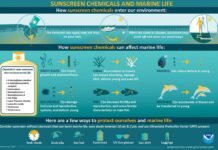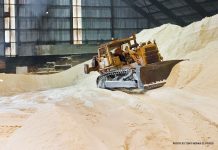Hali‘imaile Pineapple also taps into other HC&S resources, such as equipment repair, weather data, driver and operator training, and lobbying efforts with the state and federal governments. “We can’t afford to send someone over to Honolulu for issues,” Strand says. Because of its size, HC&S can.
Hali‘imaile Pineapple cultivates a tiny portion of the land that out-of-business Maui Pineapple Company once tilled. Much of that former pineapple plantation has gone to weeds and trees. Volner is determined to not let HC&S’s lands go the same route.
“I was born and raised here,” he says. “When I look down in the valley and imagine it with no sugar, I’m not sure what the alternative would be. Energy offers potential. What we’re experimenting with is energy canes. They are basically tropical grasses that produce sugar and fiber. You take the biomass and turn that into energy. The leafy material is used for biofuel. That could potentially minimize the amount we burn or even eliminate it altogether, but that is still some ways down the road.”
He says mechanically harvesting energy cane on flat, rockless fields is easy compared to figuring out how to do it on the rest of the plantation, where mountain slopes threaten to topple harvesters and lava rocks jam their intake mechanisms. Learning new techniques, dealing with fluctuating sugar prices, changing weather patterns, angry neighbors and rising fuel costs are just a few of the challenges the mill must overcome.
“Farming is a challenging business. And HC&S is just like any other farm. There is a lot of value that we create — the acres of sugar, jobs, economic benefits. With all the good that comes with farming there are also going to be some impacts. We work hard every day to minimize those impacts.”





